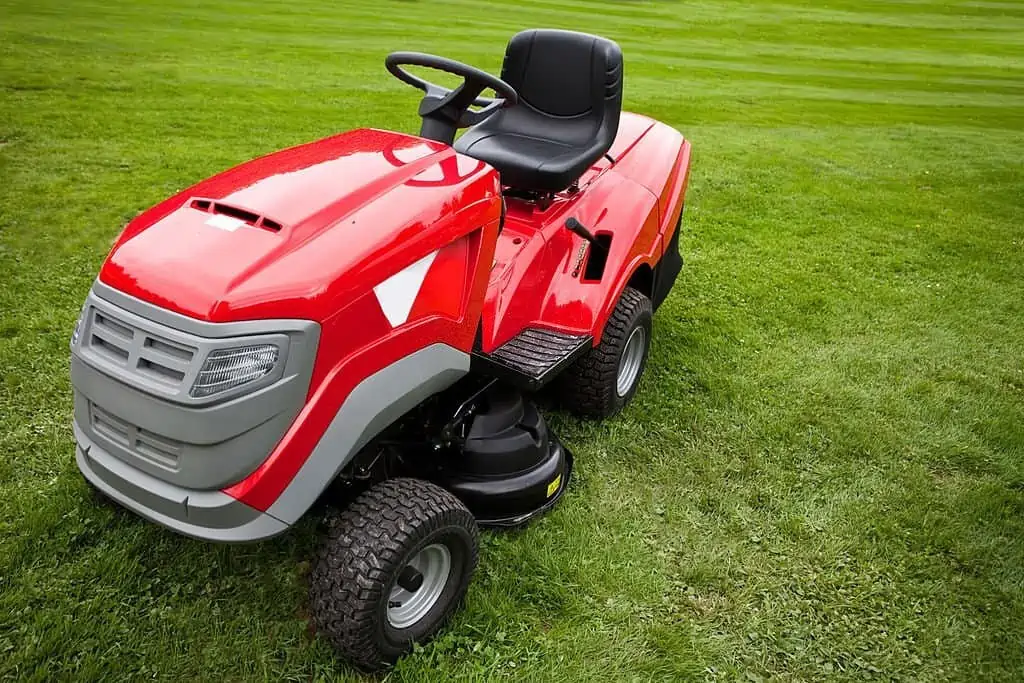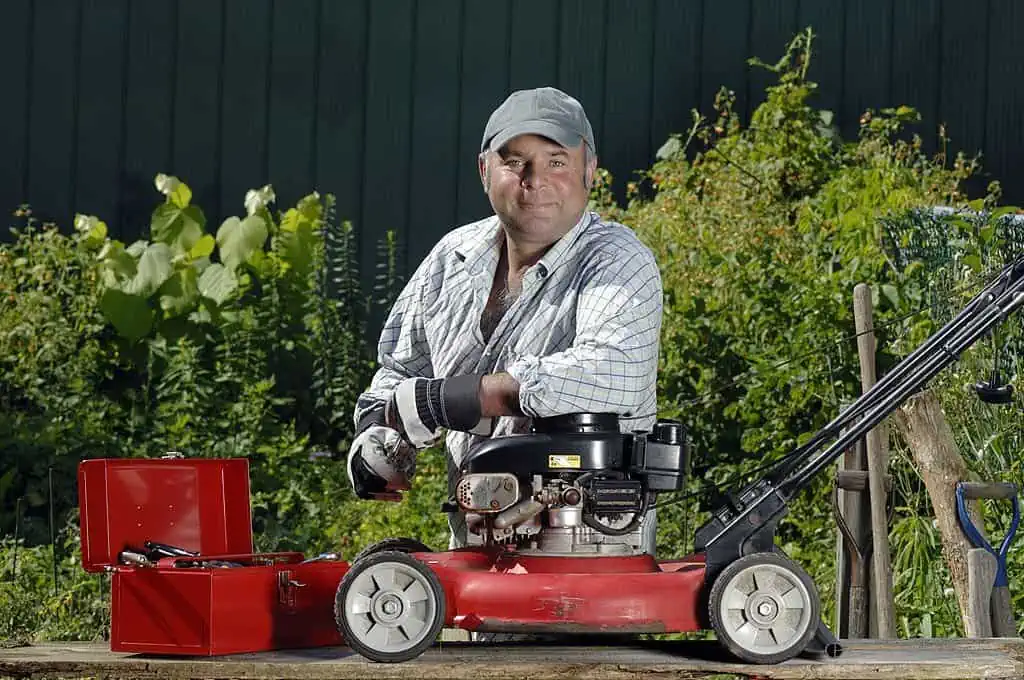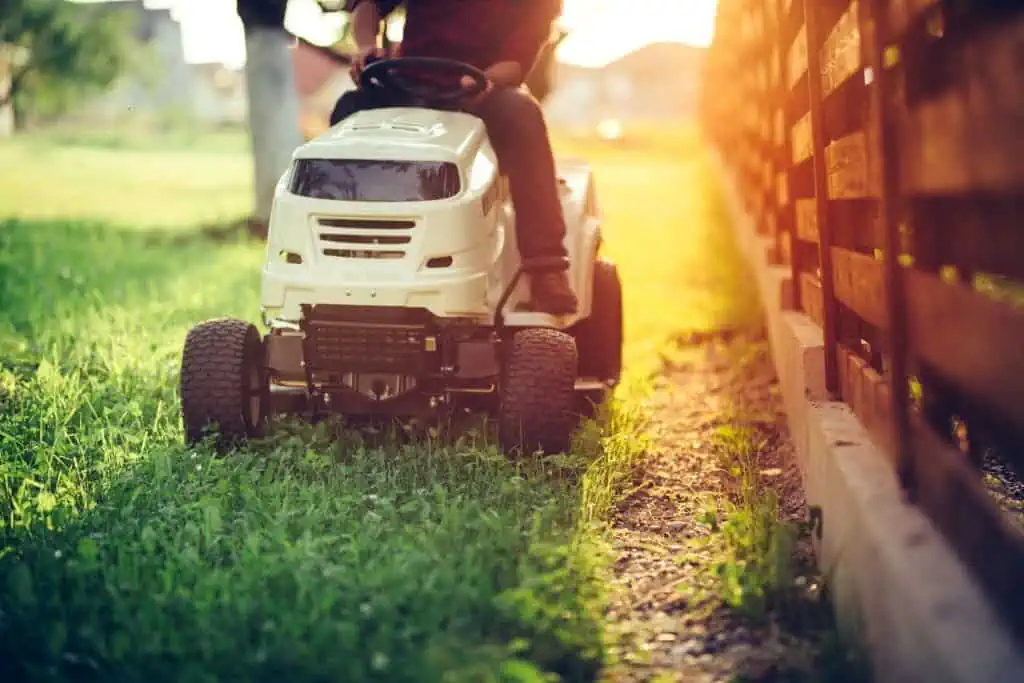Many lawnmowers are in the market, including top-quality modern options with designs and sizes to follow. Such mowers also vary, thanks to different levels of features and functionalities. You can expect long hours and years of life expectancy, ranging from about 8 to 15 years.
For your lawnmower to last long, maintenance is a significant consideration. It’s a no-brainer that well-maintained mowers last longer than the ones you hop on and move. That’s why the number of hours you can spend on a mower often helps you understand how long it is billed to last.
This article will teach you what to expect from riding lawnmowers, including how many hours are enough and other related information.
Riding Hours: What Do They Mean for Lawnmowers?
Different machines and the rate of their operations are measured in different ways. For example, mileage is used for automobiles to calculate their age, usage, and much more. Cars, tractors, and other machines are some common examples. As for riding lawnmowers, their usage is represented in hours.
Further, the hours on a piece of machinery reflect the measurement of each machine’s duty cycle. Now, many modern riding mowers come with standard-equipped hour gauges. However, if you have a big or small riding mower, you can calculate the number of hours via a simple math equation.
Getting an exact figure will prove challenging, but getting an estimated number of hours on a riding lawnmower is possible. Firstly, estimate the number of moving times you did in minutes. When you conclude, multiply the figure by the number of weeks the mower was used in one year.
Secondly, take the number you arrived at and multiply it again by the number of mows you performed in a week. After that, multiply that number one more time by the age of your lawnmower. With that final number in your hand, divide it by 60.
What you get from the conclusion represents the estimated hours on your riding lawnmower.
Is 300 Hours a lot for a Lawn Mower?
Check out the current top lawnmowers, and you’re bound to have options built to last between 600 to 1000 hours. In line with that, 300 hours is insufficient for a mower. But many factors make the difference in your lawnmower dying at 500 hours, 800 hours, or anywhere between and beyond.
No one wants to continue spending on a lawnmower every year. That’s because lawnmowers are pretty expensive. As a result, you would expect them to last for a considerable time. Also, many manufacturers offer warranties, provided you take care of them for some time. How long your mower lasts depends on you.
Factors affecting how long your mower Lasts

1. The Build Quality and Usage
Much of the lifespan of a riding lawnmower depends on the build quality and how you use it. These mowers are expensive, so you must use them with care. That includes checking and changing the oil regularly. The filter counts, too.
When you use your lawnmower in thick, long grass with other particles, you can expect it to get a beating. For example, smaller mowers typically have about 400-500 hours’ expectancy. But that goes down to only 200-350 hours, thanks to constant use.
Contrast that with a powerful riding mower that will overcome things like thick grasses and twigs. That’s because the engine is capable of bigger things. Regular use will have little effect on it.
Look at it this way: a lawnmower built for domestic use shouldn’t have a commercial ground to work on. The environment will always affect the shelf life of your riding lawnmower.
Further, different parts of a riding lawnmower have their shelf life. For example, you need to sharpen the blades every 30-40 hours or 5-6 times before replacing them. The engine and gas tank are robust, but you need proper maintenance to keep them going a little longer.
2. Maintenance
You can’t overemphasize maintenance because it’s a game-changing factor in determining how long your riding mower will last. Your mower will eclipse 300 hours with sustained maintenance, such as constant oil changes, belt changes, tire checks, etc.
When you spot a problem, you must immediately determine what caused it and the possible solutions. While that’s not easy to do most times, learning how to do some checks by yourself goes a long way. For example, changing oils and cleaning filters are basic tasks you can handle.
If you are uncomfortable handling maintenance by yourself, check out maintenance service providers with experience handling riding lawnmowers.

3. Engine Size
Engine size is another factor determining how long your riding mower lasts. As you would expect, the smaller engine will wear out faster than larger engines. For this reason, choosing the right size riding mower is crucial.
You can’t use a small riding mower to cut acres of grass every week, as that will lead to frequent repairs and shorter hours.
Riding Lawnmower Brands
Like almost everything else, lawnmower brands come in different shapes and sizes. The models and brands are not equal in make and output. Also, it’s only natural. That some brands last longer, weigh more, and cost more.
Some of the most popular riding lawnmower brands include the following:
- John Deere: This brand has a huge reputation, thanks to a premier 1000 average life expectancy for their standard riding lawnmowers. Even the smaller models can hold their own on different grasses.
- Cub Cadet: The Cub Cadet has a life expectancy of about 500 hours. In most situations, they’re the perfect option for entry-level riding lawnmowers.
- Husqvarna: The Husqvarna is another well-priced and popular riding lawnmower. Many of their entry-level mowers are designed for small lawns and light loads. The average expectancy of the Husqvarna riding lawnmower ranges from 400 – 800 hours.
Tips to Increase Your Mower Lifespan
- Perform constant checks and changes to the oil. After 50 hours of usage, ensure you change the oil.
- Clean the air filter regularly or at least a few times per season.
- Regular mowing also keeps the machine in good shape. The fluids, cylinders, and carburetor respond well to constant use. Be careful not to go above board, though.
- Sharon the blades before every mowing season or after around 40 hours of mowing and at least once per season.
- Proper battery maintenance is just as essential to keep your riding lawnmower running.
- Include an efficient spark plug in the mix, as bad ones can affect your fuel, cylinders, and engine.
- The belts should be tight and greased correctly to keep them running efficiently.
Conclusion
As with many top machines, pepper care and maintenance will help your riding lawnmower enjoy many years of regular use. Moreover, the average riding lawnmower is designed to last between ten to fifteen years. In hours, that’s about 1000 to 1500.
When you don’t maintain the mowers, life expectancy gets cut in half. While there’s no rule on how many hours are sufficient for riding lawnmowers, 300 hours appear short. But you can stretch that by following the tips above.
Now that you know this, learn more about the riding mower you want, where to use it, and its capacity. That way, it’s easy to maintain and apply the mower correctly.






